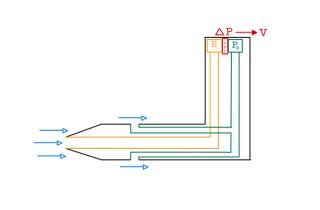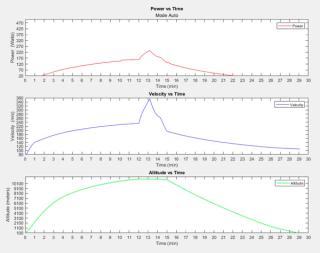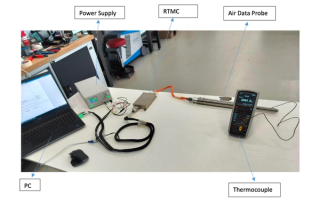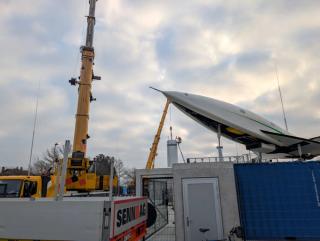The Destinus-3 hypersonic aircraft aims to reach the supersonic regime - beyond the speed of sound. The goal is to reach Mach 1.2 using a hydrogen-powered afterburner, setting an ambitious benchmark for the aerospace industry. While supersonic aircraft will revolutionize the transportation industry, the transition beyond the speed of sound presents many challenges. One of many is the measurement of relative speed, a critical piece of information to ensure the aircraft's and its passengers' safety.
Relative velocity is the velocity at which the object moves through the medium it's passing through. In this case, it represents the aircraft's speed relative to the air it's flying through. The information is then corrected and transmitted to the pilots so they can monitor the flight accurately.
The Pitot Tube
More than two centuries ago, a visionary French engineer, Henri Pitot, developed an instrument to measure the speed of water flowing through the Seine River. His invention was based on a fundamental principle: the dynamic pressure of a fluid is proportional to the square of its velocity. This relationship is captured in Bernoulli's equation, which assumes a steady and incompressible flow.
The pitot tube is the instrument that takes advantage of the relationship between pressure and velocity. Its utility extends far beyond measuring the flow velocity of a river, finding significant use in the aerospace industry. The following diagram illustrates the mechanism of the instrument.

The probe is positioned in the direction of flow. A first reading is obtained with a tube facing the incoming airflow. This causes the air to stagnate, resulting in stagnation pressure, also known as total pressure. The second measurement uses a tube perpendicular to the airflow, ensuring that it is unaffected by the velocity of the flow. The resulting reading equals static pressure. Subtracting static pressure from total pressure gives dynamic pressure, which facilitates the calculation of relative velocity, as shown in the following equation.

Transonic Regime Velocity Measurement & Power Needs
In transonic conditions, approaching Mach 1.0, shock waves can disrupt pressure distribution, resulting in inaccurate velocity measurements. A specific pitot tube must be selected and tested to mitigate the risks.
Destinus-3 will use the component ADP-55 from Simtec for velocity measurement. This tube has an integrated heating system. This is a crucial element because the temperature at 11 km above sea level is about -56.5°C, which requires precautions against ice formation. The downside is that the heating system is power-hungry. A testbench evaluation was conducted to evaluate performance of the tube in ambient air at different target temperatures, power supply and duty rate conditions. Subsequently, a script was used to estimate the tube power requirements for a given flight trajectory and target temperature . Results reveal that, at peak velocities of around 340 m/s and 11 km altitude, for a tube target temperature of ~1°C, the power requirement amounts to around 240W, a non-negligent element for the power supply device.

Inertial Navigation System for Supersonic Regime Velocity Measurement
In the supersonic regime,the assumption of incompressibility on which traditional pitot probes rely no longer holds true. An inertial navigation system (INS) must be in place for accurate speed measurement. The INS is an electronic device possessing several sensors such as a 3 axis accelerometer, 3 axis gyroscope and 3 axis magnetometer and a barometric altimeter . Since the velocity results from the acceleration integration, the INS can be a reliable speed measurement device for supersonic flight.








